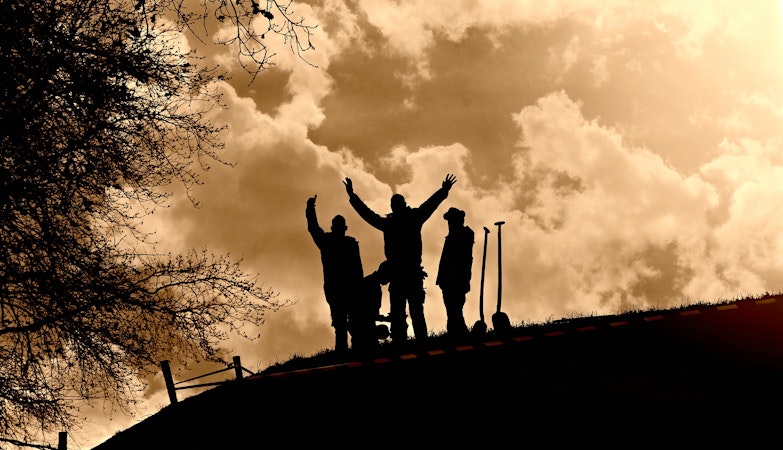Survival and survival have very different meanings to people. One of the more common interpretations is the classic image of a person or persons surviving in the wilderness. In fact, most survival schools and publications focus on this aspect of survival. The term survivalist has often been misrepresented by the media as describing extremist, paranoid, and even potentially dangerous individuals. The term has also been misappropriated by various political and religious extremist groups. The public is easily misled and confused about what survivalists and peppers are all about. The core value of true survivalism is the concept of self-reliance and self-responsibility under high-stress conditions. Only people and families that can take care of themselves can be able to help care for others. Self-reliance is a core American value and self-reliant families are the foundation of a strong and free society. No one should be ashamed to be a survivalist. The confusion about what a survivalist is usually relates to where and how the philosophy of self-reliance and the methods of survival are applied. With over fifty years of experience in all aspects of survival organizing and training I have identified four different categories of survivalist configuration.
Outdoor & Wilderness Survival
This is the most commonly understood idea of “survival.” People often come to survival programs expecting to learn how to build fires and shelters and are confused to find classes on urban survival, nuclear survival, or home preparedness. Most “survival” school focus on this aspect of survival. Fire making, shelter building, field navigation, signaling for help, edible plants, primitive trapping, fishing, and hunting are all part of this category. Some groups focus on using only the most primitive (flint and steel) methods, while others use more up to date methods. These skills can be fun to learn and use and may be essential in some situations, particularly for those who work or engage in outdoors recreational activities. Live Free USA started out as an outdoor sports club doing just this kind of training.
Back to Basics & Self-Reliance Survival
This approach to survival is founded on seeking an off-the gride, back to basics lifestyle as an alternative to dependency on a failing and potentially collapsing civilization. Most practitioners locate or relocate to rural or even wilderness locations where they build cabins, establish small farms, and use solar and wind power. These methods can be applied to urban and suburban residences, but with severe limitations and risks. Backwoods Home magazine with its canning recipes, goat husbandry, and cabin building tips is an example of this division of the survival matrix.
Disaster Preparedness & Survival
This is the most universally, applicable, and valuable element of survival. Disaster comes in all sizes and severity, but no-one is immune from their effects. This is the wing of survivalism that developed to concepts of the Bug Out Bag, Survival cache, and many other civilian based survival programs. This aspect covers storms, evacuations, medical emergencies, street crime, home fires, grid failure and many other disaster threats. The term “prepper” is often applied to those who focus on general disaster preparedness. The increase in the severity and frequency of disasters combined with the declining budgets and capabilities of government response agencies should make this aspect of survival preparedness well accepted and supported by the civilian population. Live Free USA supported a variety of Civil Defense programs back in the 60’s,70’s and 80’s and continues to advocate and educate for public preparedness.
Collapse & Chaos Survival
There is no such thing a “Dooms Day Survivalist” but there are worst case survivalists. No one wants ‘dooms day” but no one can deny that the world is getting more dangerous and unstable every day. Conventional war is spreading while nuclear war is far more likely than a few decades ago. China is waging economic and technological war against America every day that can only lead to disaster in the near future. Drones and hypersonic missiles open every American city to the same hazards that Isreal, Gaza, Russia, and the Ukraine face now. War time, war zone and even combat zone survival are once again a key element in survival preparedness and education. Back in the 1970’s through the 1980’s Live Free programs trained for these nuclear and “Red Dawn” scenarios. Such training is needed even more today but is less acceptable to the public and media.
What Kind of Survivalist Are You?
While each of us may identify with a different category of survivalists we all share common philosophical values and concerns. While we prepare to survive even the worst case situations, we also accept responsibility for our family, neighbors, and communities. Real survivalists are just responsible citizens doing their duty. Considering the developing world conditions and grave threats to life and freedom, survivalist may be the only hope for the future.








